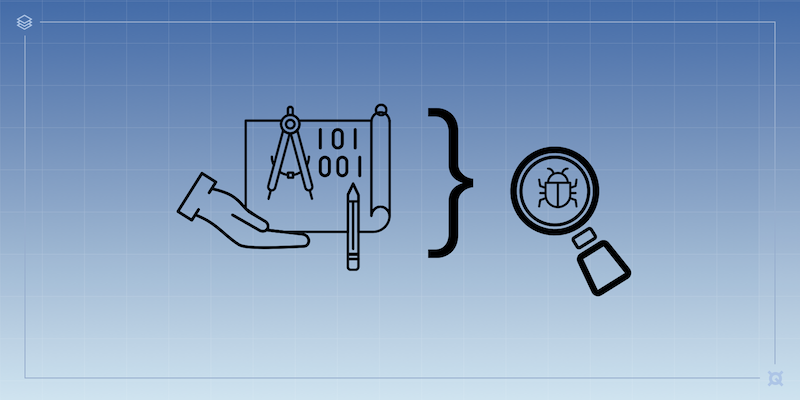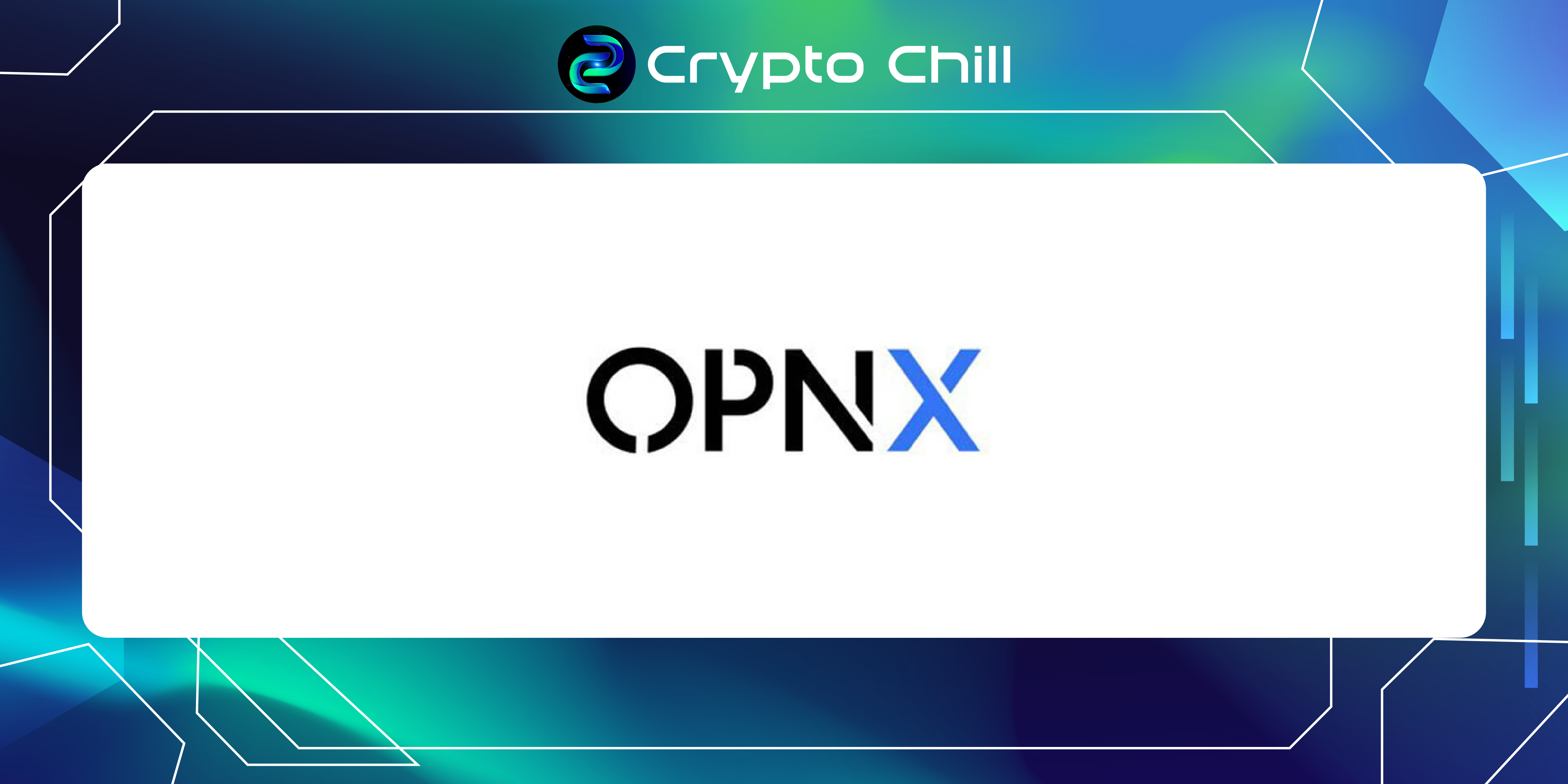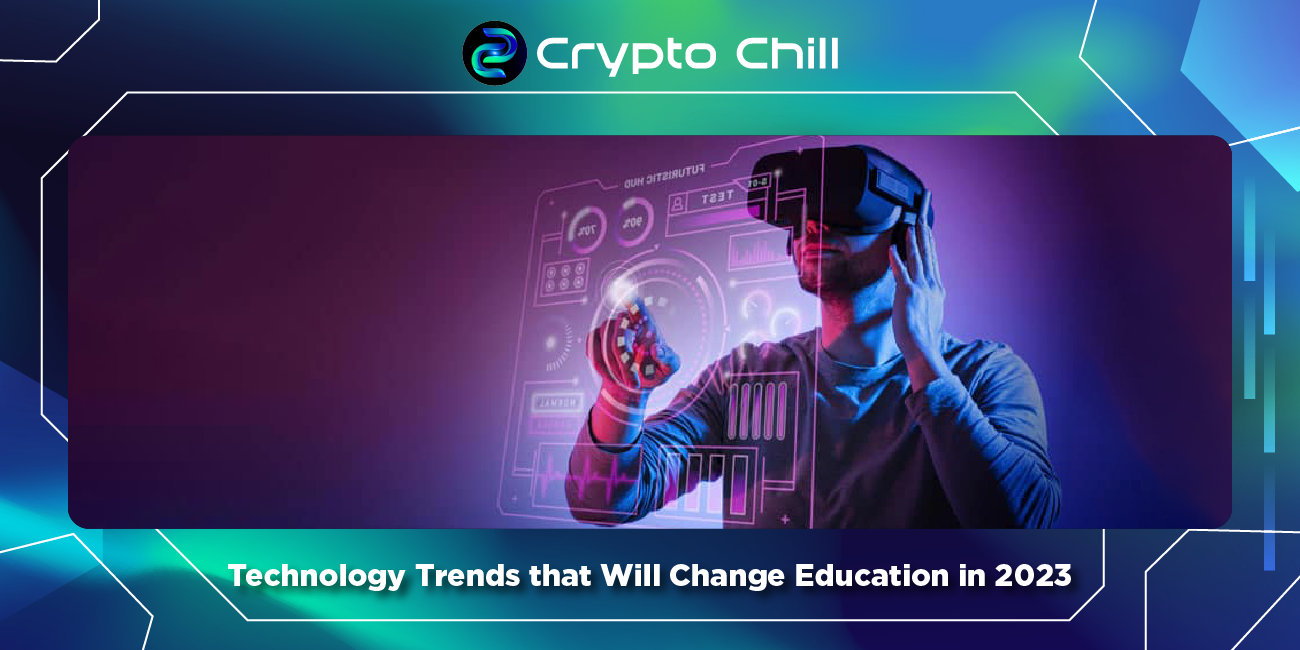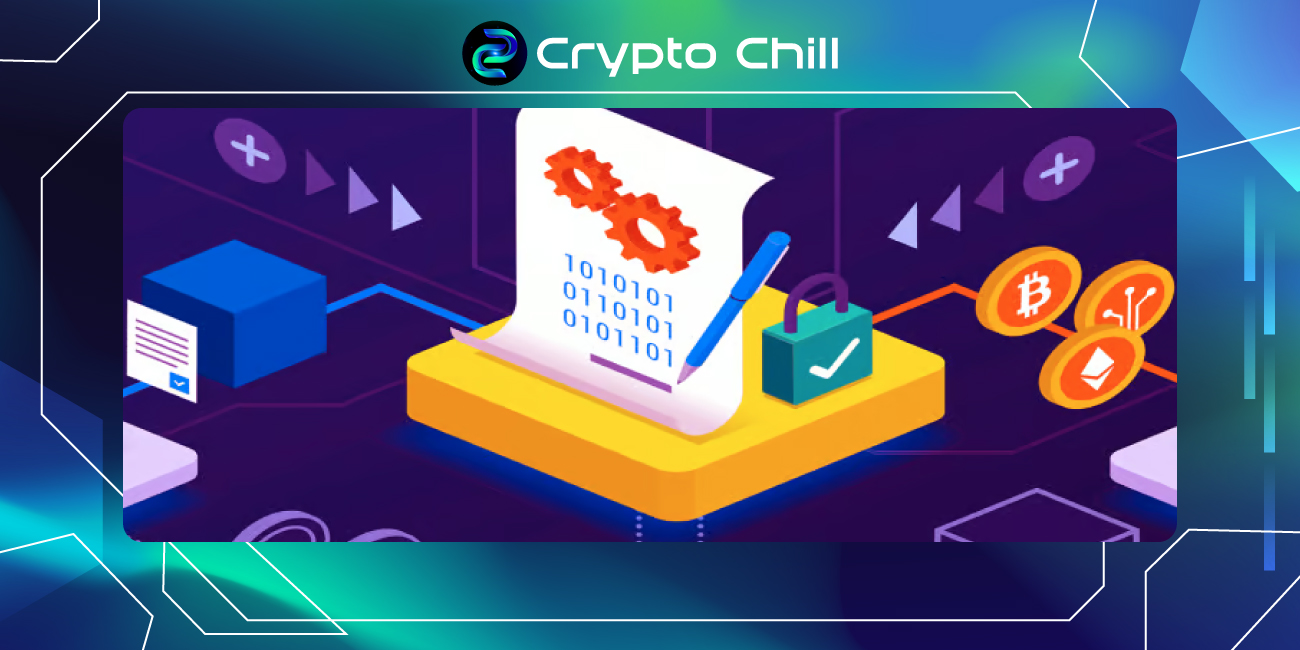The adoption of artificial intelligence (AI) in smart contract audits promises swift and convenient risk assessment for blockchain developers. By leveraging large language models (LLMs) like ChatGPT, the process appears simple—provide the codebase, and AI generates an audit report listing potential security risks and recommended fixes. However, before fully embracing this technology, it is essential to explore the challenges and limitations that AI presents in smart contract auditing.
Problems with AI Smart Contract Audits
Constraints of the Context Window
LLMs have a memory-like context window that limits the amount of code they can analyze at once. While it suffices for simple contracts or tokens, modern blockchain projects are increasingly complex with interconnected smart contracts. Analyzing them independently becomes a challenge due to the context window’s limitations.
Read also: Blockchain smart contracts: Role and Applications
AI’s Reliance on Existing Data
AI models are trained on existing data and known vulnerabilities. When new vulnerabilities emerge, the model requires updates to detect them effectively. However, detecting new issues becomes tricky as most known vulnerabilities have already been extensively studied, leaving little data for the proper training of an LLM.

AI’s Limitations in Identifying Complex Attacks
Even advanced models like ChatGPT4, Bard, and Claud 2 can only identify basic bugs in smart contracts. Understanding contract functionality is one thing, but detecting intricate flaws like “rug pulls” remains a challenge. They often struggle to identify if a contract is “ruggable” (susceptible to malicious actions). This limits their efficacy as smart contract auditors and raises questions about how the AI model identifies issues and handles debugging if needed.
Lack of Transparency
AI’s decision-making process can be obscure. Without clarity on how the model interprets the code and its sources of information, users may not trust the results. The context window further complicates matters, as it may not be clear if the model considers the complete input, leading to uncertainties in the evaluation.
Conclusion
AI has the potential to play a crucial role in enhancing smart contract security, but it must overcome its limitations. Stay tuned for the next article, we will explore the ways AI can be utilized effectively in smart contract auditing to offer robust security solutions.
Disclaimer: The information in this article is not investment advice from CryptoChill. Overall, cryptocurrencies always carry many financial risks. Therefore, do your own research before making any investment decisions based on this website’s information.











No Comment! Be the first one.